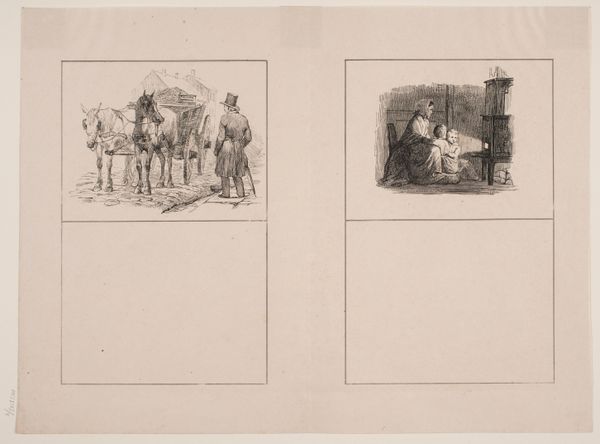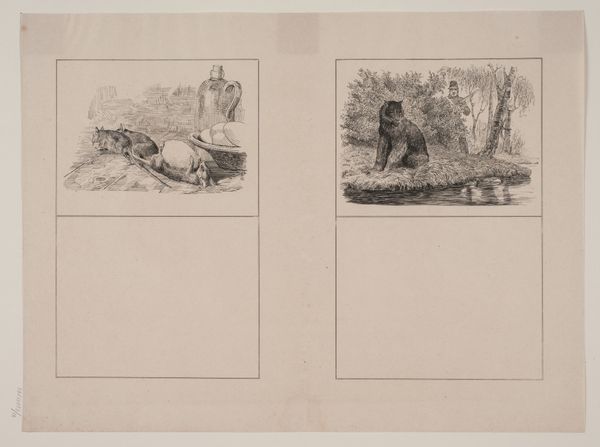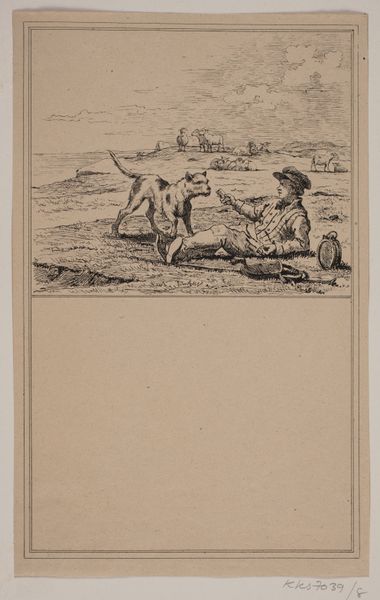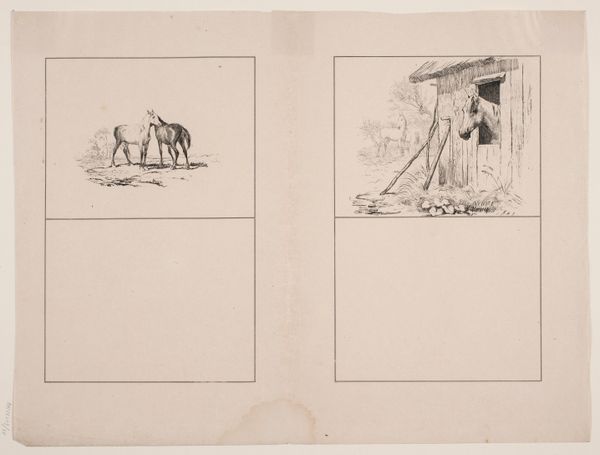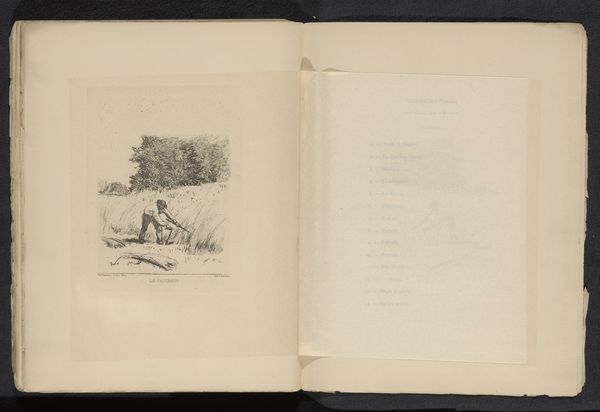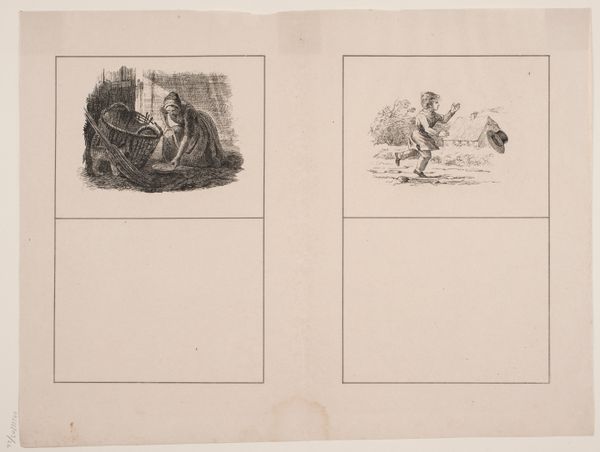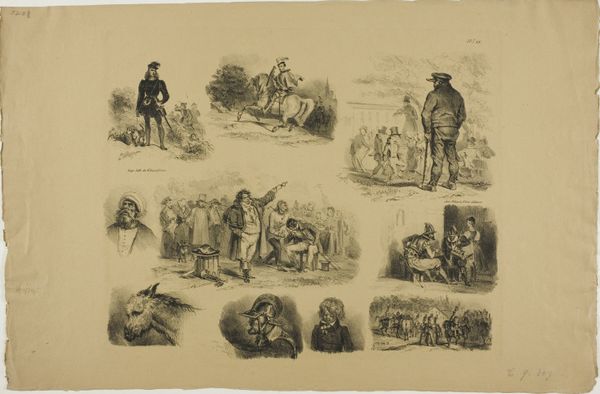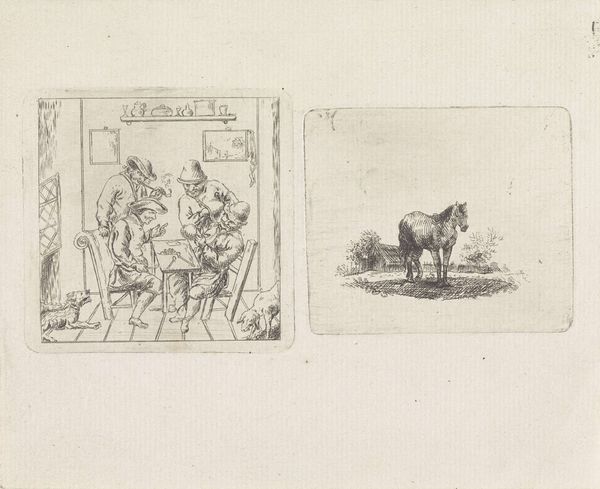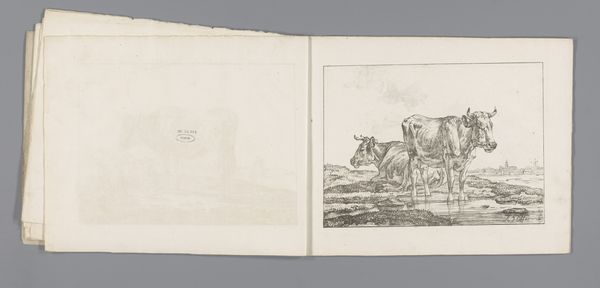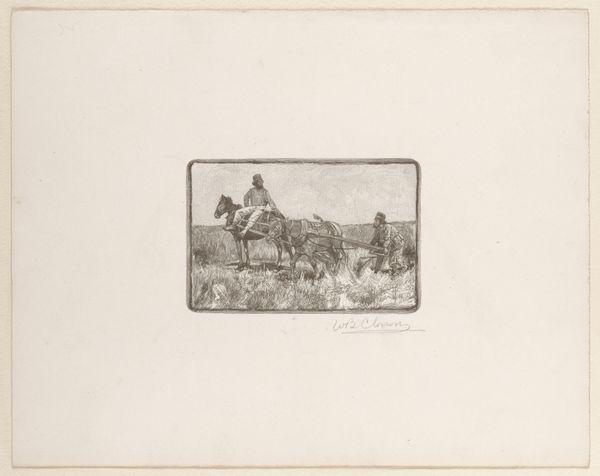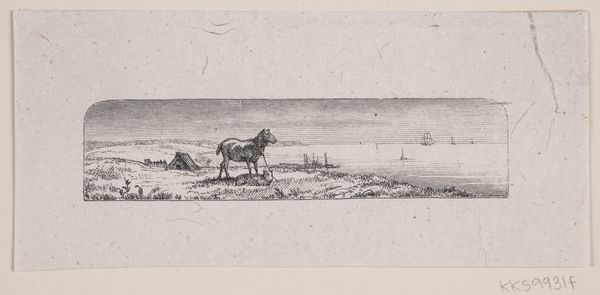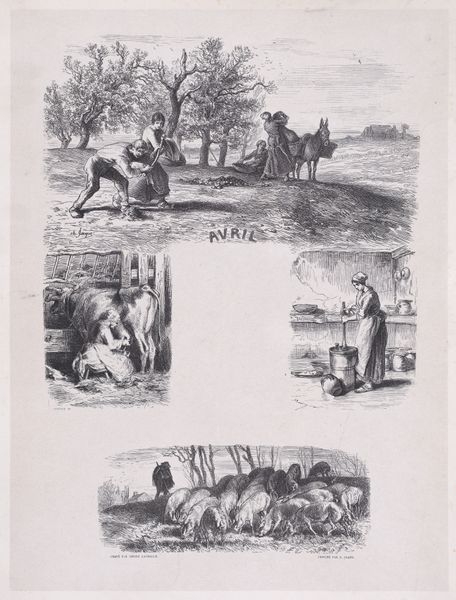
Layout of Panas Mirnyi's book "Chipka". The fifth turn 1969
0:00
0:00
hryhoriihavrylenko
Private Collection
drawing, paper, ink
#
drawing
#
pen sketch
#
book
#
sketch book
#
hand drawn type
#
landscape
#
figuration
#
paper
#
text
#
personal sketchbook
#
ink
#
sketchwork
#
sketch
#
pen-ink sketch
#
pen work
#
sketchbook drawing
#
genre-painting
#
storyboard and sketchbook work
#
sketchbook art
Copyright: Hryhorii Havrylenko,Fair Use
Editor: Here we have Hryhorii Havrylenko's 1969 work, "Layout of Panas Mirnyi's book "Chipka". The fifth turn", an ink and paper drawing. It looks like a storyboard, maybe for a book illustration? I am intrigued by its dual nature, splitting the composition into two distinct scenes. What’s your take? Curator: Well, first let’s consider the medium. This isn’t just illustration; it’s a layout, a plan. The visible 'hand-drawn type' you pointed out highlights the materiality of bookmaking. Notice the labor involved—the artist's hand rendering each stroke. Think about the intended mass consumption of this planned product, this book. Editor: Right, it's the preparation *for* the art, not the finished art itself. Does that mean the social context surrounding its creation is more important than the visual content? Curator: Not necessarily *more* important, but inextricably linked. The subject matter of Panas Mirnyi’s "Chipka" is peasants and social injustice, after all. These sketches translate literary themes of social and rural experience into visual language, to be then mass-produced through printing and circulated widely to impact an audience beyond art spaces. Editor: So the choice of a relatively ‘low’ medium like pen and ink is deliberate? Elevating sketchwork? Curator: Precisely. It challenges the traditional boundaries between high art and popular craft. Havrylenko invites the viewer to reflect on the conditions of making, on the intersection of art, labour, and societal forces. It also points to the artist's decision making and intervention at various levels. Editor: I see...it brings attention to how art is manufactured, circulated, and consumed within society. Curator: Indeed. We get to see a behind-the-scenes glimpse into that process. And how materiality connects back to representing socio-political realities. Editor: That definitely changes how I look at this "sketchbook art." Thanks!
Comments
No comments
Be the first to comment and join the conversation on the ultimate creative platform.
